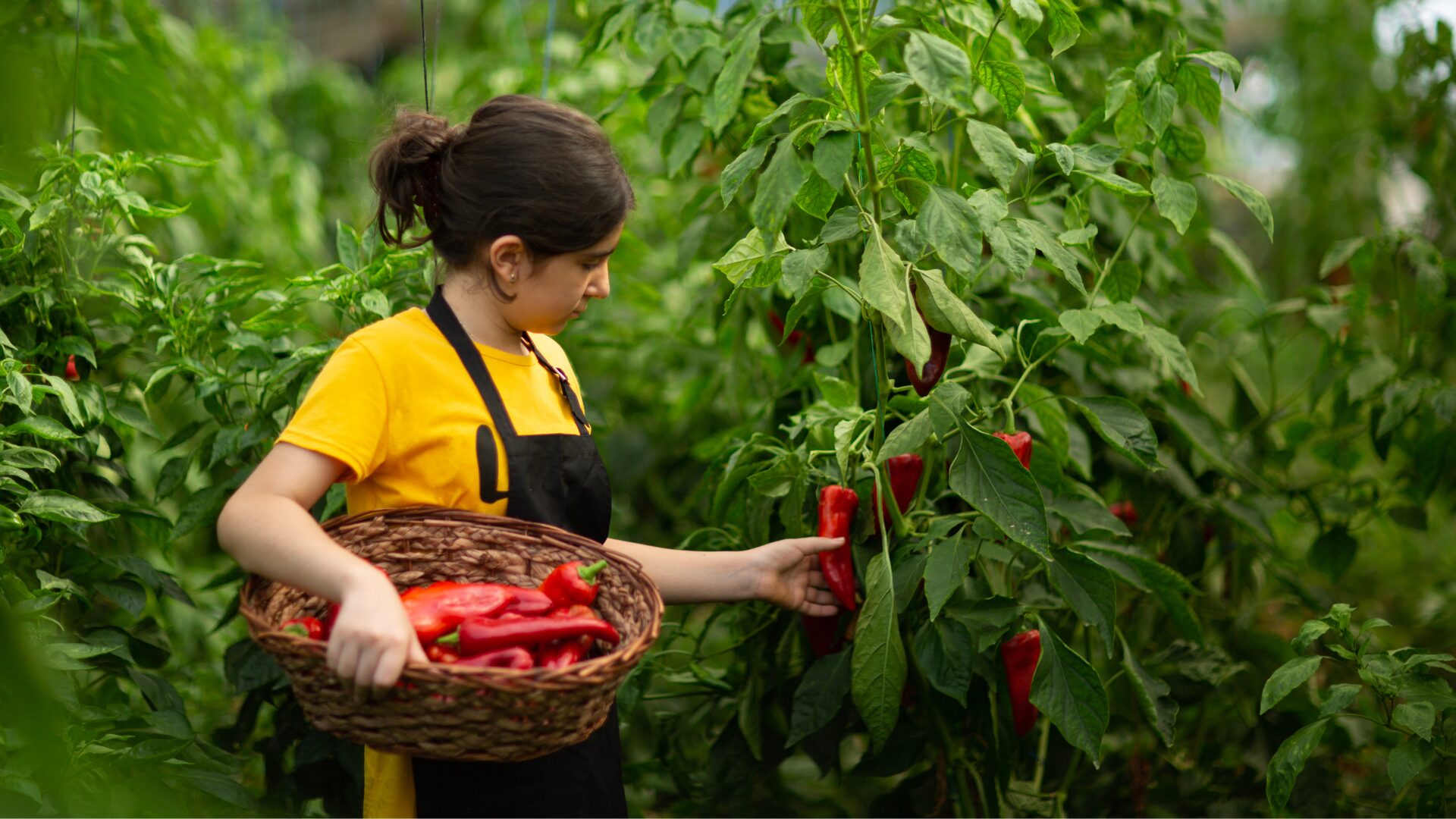Labeling something “organic” was once a golden ticket, conjuring feelings of good-for-you foods free of the chemicals used to raise other crops.
But the golden age may be fading, the result of inflation, competition, consumer confusion about what the label actually means, and questions about whether such foods are worth premium prices, experts told The Food Institute.
Amy’s Kitchen is illustrative. The company announced recently it plans to lay off more than 300 employees, Just Food reported.
“Like all food companies, we are navigating industry headwinds, so we made this strategic decision to rebalance our business,” the company, which makes organic soups and prepared meals, said in a statement. The company said it is losing money because of rising costs and supply chain problems.
Anthony Miyazaki, a professor of marketing at Florida International University, told FI competition is growing from the non-organic sector.
“As consumers demand healthier foods, many non-organic producers are improving the nutritional value of their products, which adds a type of indirect competition for organic foods. These products may not be the healthiest, but they’re heathy enough to sway some purchasers away from the more expensive organics,” Miyazaki said.
The problem isn’t just on the packaged food end.
“The organic food category has grown considerably over the past two decades and is continuing to grow, and this is precisely one of the reasons why many of the early organic producers are beginning to suffer financially,” Miyazaki said.
“With more production comes more competition, and this puts downward pressure on prices, which is particularly tough for organic producers that tend to have higher operating and sourcing costs.”
An insight paper by Argus Media on the profitability of organic farming bears out this assessment. Citing commodity statistics, the paper notes the price of organic feed-grade soybeans fell from a high of $34.18 a bushel in 2021-22 to $20.07 in the 2023-24 growing season – a 41% drop. For feed-grade corn and wheat, the decrease was 27% and 10%, respectively, from their peaks.
At the same time, yields have remained relatively steady while profitability has fallen precipitously since the 2021-22 crop year.
The USDA counted 17,321 organic farms in 2022, the latest available census figures, with sales of $9.6 billion, with California leading the way, accounting for one-third of the total.
Inflation appears to be playing a major role in the attractiveness of organic foods.
Digital marketing expert Ronak Kothari said he thinks the slippage is temporary as consumer values fluctuate with economic conditions.
“During inflation, value perception often pivots towards cost-effectiveness, causing a temporary dampening in organic food appeal,” Kothari told FI. “Brands need to emphasize their unique value beyond organic status to retain consumer loyalty.
“Organic brands might consider diversifying their value propositions, focusing on health benefits or community support initiatives to sustain premium pricing justifications.”
But despite the rising prices, consumer demand for healthy foods remains strong because consumers are aware of rising disease rates, applied nutritionist Ashley Hudson said.
“Pesticides that are used in traditional agriculture techniques perpetuate auto-immune diseases and disrupt hormones,” Hudson said.
Registered dietitian Matt Rogers of Tropical Oasis said he thinks part of the problem is in labeling.
“I think the main issue is that a lot of people are becoming more aware of the fact that just because a food is labeled ‘organic’ doesn’t necessarily mean it’s what they think it means,” Rogers said. “While there are requirements, there are also related labels like ‘made with organic ingredients’ that mean something slightly different. I think a lot of people have simply become more skeptical about these labels, even if that means they are passing up on truly organic foods.”
The Food Institute Podcast
Restaurant results for the second quarter weren’t stellar, but people still need to eat. Are they turning to their refrigerators, or are restaurants still on the menu for consumers? Circana Senior Vice President David Portalatin joined The Food Institute Podcast to discuss the makeup of the current restaurant customer amid a rising trend of home-centricity.












